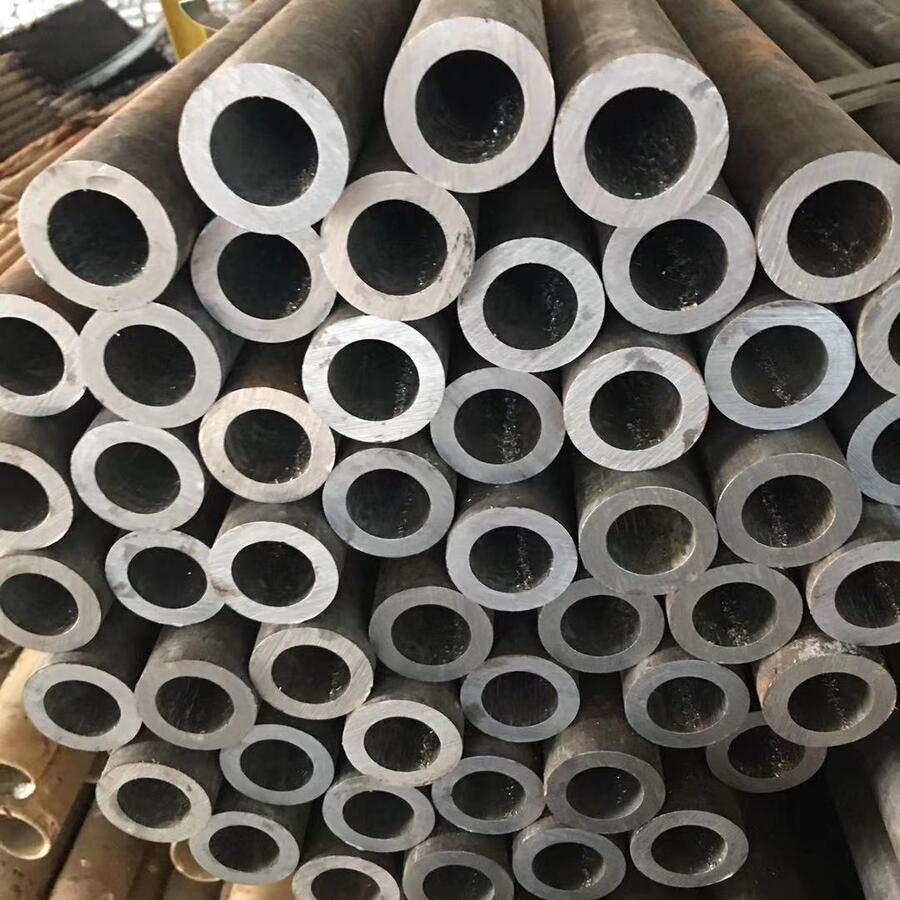The rolling mill wire rod process is a critical component of modern steel manufacturing, transforming billets into high-quality coiled rods used in construction, automotive, and machinery industries. This article delves into the technical nuances of wire rod rolling mills, integrating expertise from HANI TECH’s industrial solutions.
1. Fundamentals of Wire Rod Rolling
Wire rod production involves hot rolling steel billets through a series of precisely calibrated stands to achieve diameters typically ranging from 5.5mm to 42mm. The rolling mill wire rod system consists of:
- Reheating furnaces (pusher/walking beam type)
- Roughing/intermediate/finishing mill stands
- Water cooling boxes
- Laying head and coilers
According to HANI TECH’s rolling mill division, modern wire rod mills achieve speeds up to 120 m/s with tolerances of ±0.1mm, leveraging advanced automation for consistent quality.
2. Key Equipment Specifications
The following table details technical parameters for a high-speed rolling mill wire rod production line:
| Parameter | Specification | Unit |
|---|---|---|
| Annual Capacity | 300,000-1,000,000 | tons/year |
| Billet Dimensions | 120×120 – 160×160 | mm |
| Final Diameter Range | 5.5-42 | mm |
| Rolling Speed | 60-120 | m/s |
| Mill Stand Configuration | 8-28 stands | – |
| Motor Power (per stand) | 500-1500 | kW |
| Temperature Control Accuracy | ±10 | °C |
| Coil Weight | 1.5-2.5 | tons |
| Dimensional Tolerance | ±0.1-0.3 | mm |
| Surface Quality | SA 2.5 grade | – |
| Mill Type | Morgan/No-twin/Pomini | – |
| Automation Level | Siemens/TMEIC Level 2 | – |
3. Advanced Technologies in Wire Rod Production
Modern wire rod rolling mills incorporate several innovations:
3.1 Thermomechanical Rolling
Precise temperature control during rolling, as implemented in HANI’s metallurgical systems, enhances mechanical properties without additional heat treatment.
3.2 High-Speed Laying Systems
Patented laying head designs achieve perfect coil formation at speeds exceeding 100m/s, critical for rolling mill wire rod productivity.
3.3 Water Box Cooling
Advanced water cooling systems with:
- Variable flow control (±2% accuracy)
- Multi-zone temperature regulation
- Anti-scale technology
4. Material Considerations
Common steel grades processed in wire rod mills include:
| Material Grade | Carbon Content | Primary Applications |
|---|---|---|
| SWRH32-37 | 0.32-0.37% | Prestressed concrete wires |
| SWRH42A-82A | 0.42-0.82% | Tire beads, springs |
| SAE1006-1018 | 0.06-0.18% | Welding electrodes, mesh |
| B500B | 0.22% max | Reinforcement bars |
5. Maintenance and Spare Parts
Critical wear components in rolling mill wire rod production include:
- Roll rings (H13/D2/ICDP material)
- Guide boxes and entry/exit guides
- Drive shafts and gear couplings
- Hydraulic cylinders
HANI TECH offers specialized rolling mill rolls with service life exceeding 8,000 tons per groove under normal conditions.
6. Future Trends
The wire rod rolling mill industry is evolving toward:
- AI-powered predictive maintenance
- Hydrogen-based reheating furnaces
- Inline property measurement systems
- Increased automation (Industry 4.0)
For operators seeking to upgrade existing rolling mill wire rod lines, HANI TECH provides revamping solutions that can increase productivity by 30-50% while reducing energy consumption.
Understanding these technical aspects of wire rod rolling mills helps manufacturers optimize production quality and efficiency. The detailed parameter tables provided serve as valuable references for engineering specifications and equipment selection.




